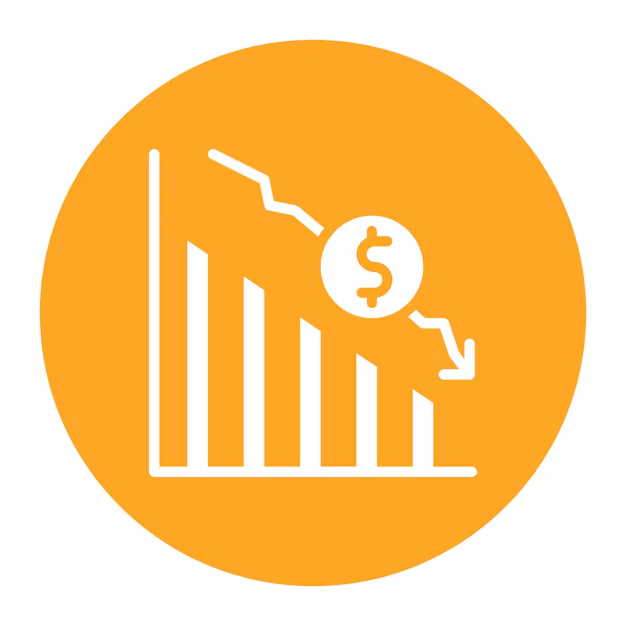- CTO David Schwartz claimed Ripple cannot access the XRP held in escrow, but it could sell its rights over future releases of the locked supply.
The XRP Ripple locked in escrow has been a subject of debate over the years. Recently, David Schwartz, Chief Technology Officer (CTO) of Ripple and architect of the XRP Ledger (XRPL), dived into the discussions suggesting Ripple could dump all the XRP it holds in escrow at a moment’s notice.
Schwartz Explains Ripple’s Level of Control Over the XRP Held in Escrow
According to Schwartz, Ripple has no control over all the tokens XRPL holds in escrow. He emphasized that the assets are bound within the chain’s scheduled unlocks, and the company cannot unilaterally change that pre-programmed rule.
On the other hand, XRPL’s architect explained that Ripple could sell the right to receive the tokens released from escrow to another party. Likewise, it could sell the account where the escrow unlocks the token’s new supply directly.
Schwartz’s clarification highlights that XRPL’s native mechanics prevent Ripple from accessing the escrowed XRP. To date, the token has a 60.01 billion circulating float out of its 99.98 billion cap, based on CoinMarketCap data. The ledger gradually releases the remaining XRP at a 1 billion interval monthly, which means it would still take over three years from now to release all its supply. This could take more if Ripple relocks some of the tokens back in escrow along the way.
In a sense, the method is technically a financial maneuver instead of a blockchain protocol bypass. Nonetheless, the scenarios the Ripple CTO raised can significantly alter market dynamics.
While it’s true that Ripple cannot manipulate the escrow unlock schedule, nothing is preventing it from committing the locked XRP to other parties. The conditions he mentioned concerning the escrowed supply suggest the potential to sell the asset conditionally, akin to the workings of a derivative market or a forward contract.
In such cases, Ripple selling the right to future unlocks to an interested buyer or group effectively transfers the market impact of those releases. This way, the company could immediately realize the future value of XRP. However, there’s a strong likelihood that it would sell the locked assets at a discounted rate, effectively transferring the market risk of selling large batches of the tokens to another party.
The said factor is an important distinction, as it mitigates Ripple’s direct dumping risk because there’s an immediate buyer for future supply releases from the XRP escrow. But then again, it introduces a new level of uncertainty about future dumps from the third-party holder.
What’s your Reaction?
+1
0
+1
0

+1
3

+1
0

+1
0

+1
0

+1
0




